Carya ovata (Shagbark Hickory)
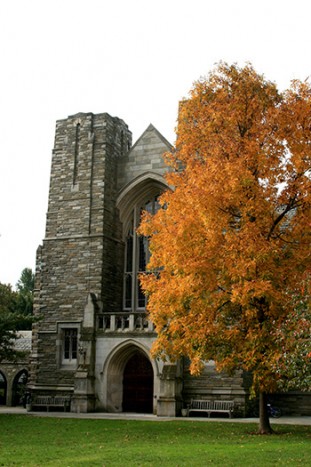 The seventeenth President, Andrew Jackson, was nicknamed ‘Old Hickory’. He earned this nickname from his strength and tenacity in the War of 1812. I always think of him when I see a mature Shagbark Hickory. Some may say that it only has two seasons of interest, but I argue that it has four. Being a Hickory, you can expect brilliant yellow fall foliage, but I want to point out why this plant can and should be appreciated all year.
The seventeenth President, Andrew Jackson, was nicknamed ‘Old Hickory’. He earned this nickname from his strength and tenacity in the War of 1812. I always think of him when I see a mature Shagbark Hickory. Some may say that it only has two seasons of interest, but I argue that it has four. Being a Hickory, you can expect brilliant yellow fall foliage, but I want to point out why this plant can and should be appreciated all year.
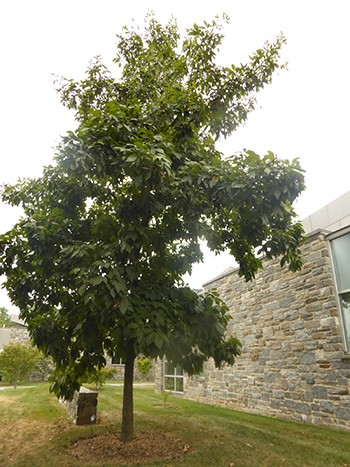
Some may say that shagbarks only has two seasons of interest, but I argue that it has four. photo credit: A. Thomas
There is a line of Shagbarks planted along the path between Magill Walk and the SEPTA tracks. These were planted in 1986 and are still very young. There is a similar-sized specimen in The Pollinator Garden. This wonderful tree is full of those huge lime-green fruits, which are edible and apparently very tasty. As the trees mature the bark gets better and better. The peeling, large corky sheets of bark look particularly good when the tree is bare, cast against a snowy background. The large compound leaves are a healthy green until the fall when they magically convert to that perfect yellow. When the yellow foliage drops, it exposes that sharp peeling bark that has been forming for years. This is a truly a strong, vigorous species.
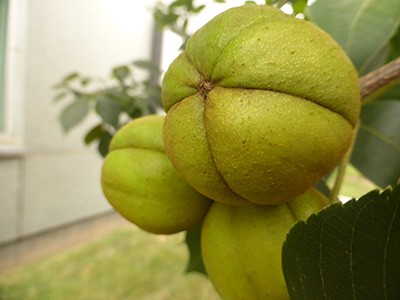
This wonderful tree is full of those huge lime-green fruits, which are edible and apparently very tasty. photo credit: A. Thomas
The Shagbark Hickory an ideal shade tree; it loves full sun to part shade and seems to tolerate many different soil types as long as they have good drainage. Shagbarks can be difficult to transplant as they have a long taproot.
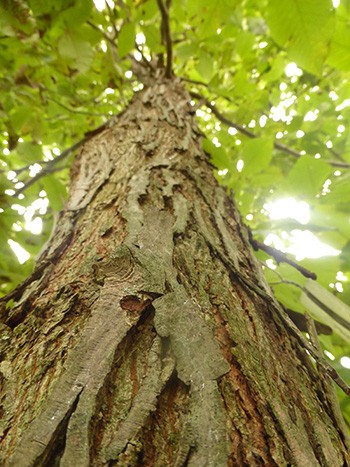
The peeling, large corky sheets of bark look particularly good when the tree is bare, cast against a snowy background. photo credit: A. Thomas
This is a tree with very strong and flexible wood. The limbs tend to bend and hang when damaged, as opposed to snapping off and creating more damage to the tree and whatever else may be below.
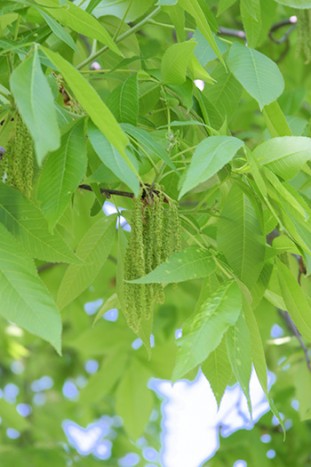
The large compound leaves are a healthy green until the fall when they magically convert to that perfect yellow. photo credit: D. Mattis
Carya ovata has also been identified as one of the most important trees for roosting habitat for the Little Brown Bat (Myotis lucifugus) and the Indiana Bat (Myotis sodalist). These are native bats that are becoming less and less common partially due to loss of habitat.
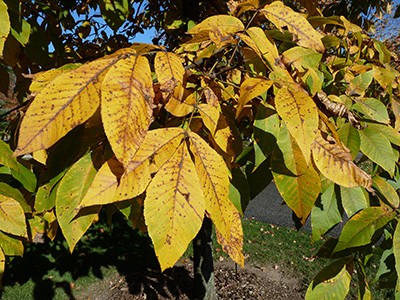
Carya ovata has also been identified as one of the most important trees for roosting habitat for the Little Brown Bat (Myotis lucifugus) and the Indiana Bat (Myotis sodalist). photo credit: J. Coceano
I strongly encourage you to consider Carya ovata in your plant collection. A four season of interest tree that is low maintenance, edible, and enjoyable for a lifetime.





No Comments